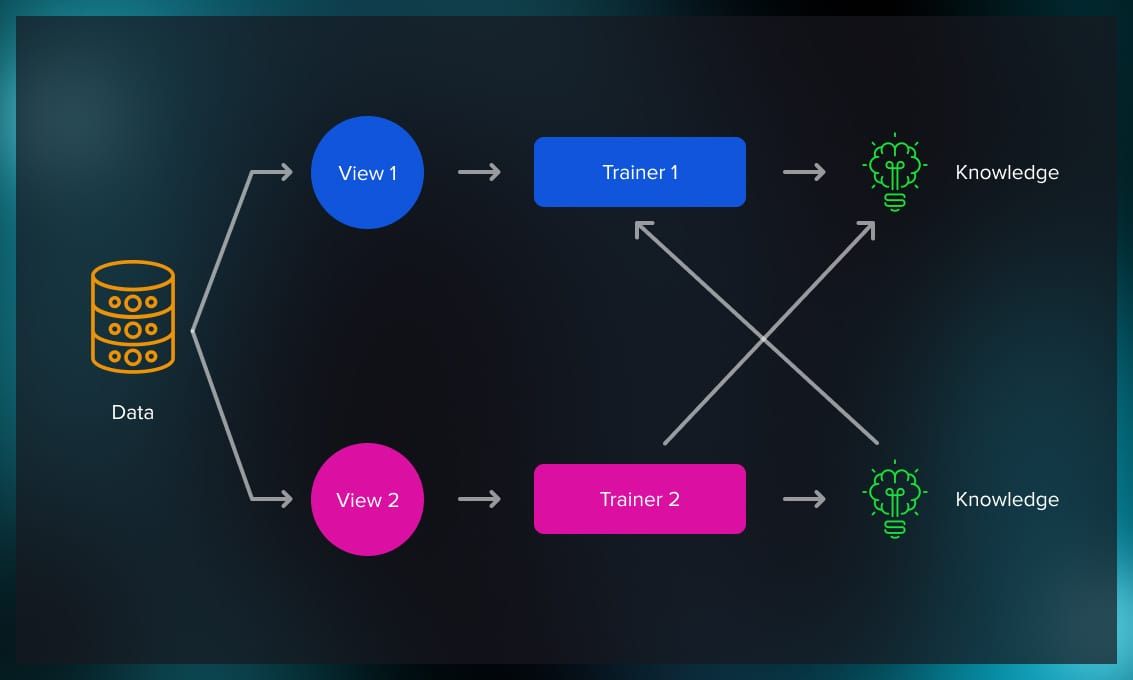The Symbiosis of Human and AI: When Technology enters the body What if you could send an email just by thinking?This is no longer the realm of imagination.Welcome to the era of the Internet of Bodies (IoB)—where technology isn’t just …
Is your process automation actually holding you back? While your competitors are scaling RPA, embracing domain-driven design (DDD), and building cloud-native microservices, many organizations still rely on a centralized BPMN engine—often built around platforms like Camunda 7—to orchestrate their business …
How Infrastructure Optimization Powers Scalable RPA Success with UiPath Orchestrator 🚨 Don’t Let Infrastructure Hold Back Your UiPath Orchestrator You deployed UiPath Orchestrator. The bots run. Workflows execute smoothly. But here’s the real question: Can your infrastructure handle success — …
Robotic Process Automation (RPA) is transforming the finance industry by reducing manual effort, increasing speed, and improving accuracy. But behind every successful RPA deployment lies one truth: it’s not just about the technology—it’s about orchestration. Think of RPA like a …
What is Cronyism in Australia and why it’s costing taxpayers Billions? Cronyism in Australia is a multi-billion-dollar issue where well-connected individuals manipulate industries, influence policies, and secure government contracts, all while costing taxpayers and small businesses. In their book Game …
Can AI Strengthen Australia’s Electoral System and Democracy? Imagine a future where Australians no longer cast votes: their AI representatives have already done it. This AI doesn’t just vote; it continuously analyses policies, tracks parliamentary debates, and negotiates with other …
AI Fiction Became Reality—What Does It Mean for AI Governance? In 2002, New Zealand-born director Andrew Niccol introduced us to a world where artificial intelligence (AI) could create a completely synthetic actress—so convincing that the public believed she was real. …
A Brief History: Who Developed Semi-Supervised Scenarios? The concept of semi-supervised learning (SSL) was introduced in the late 1990s to address the growing need to utilize unlabeled data in machine learning. Researchers like Xiaojin Zhu pioneered frameworks for combining labeled …
Imagine separating apples and oranges on a table where only a few are labeled requires educated guesses about the rest. Semi-Supervised Support Vector Machines (S3VMs) work similarly: they combine a small set of labeled data with a larger pool of …
Imagine you’re throwing darts at a dartboard: if your darts consistently miss the center but land in a tight cluster, your aim has a bias—it’s systematically off-target. Similarly, the bias of an estimator measures how far an estimation method deviates …











